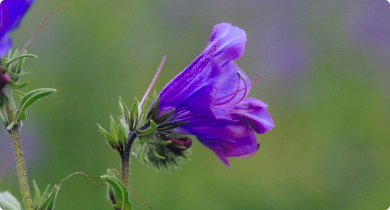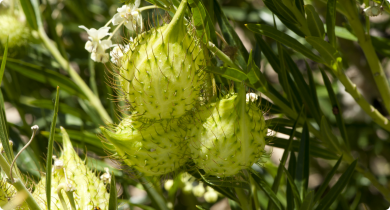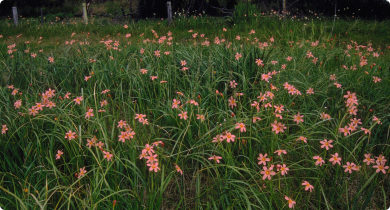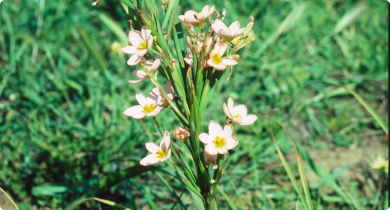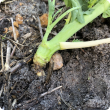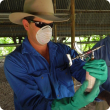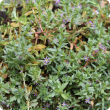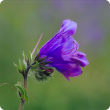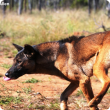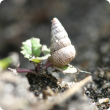Control methods
Pests, weeds and diseases (pests) pose serious risk for primary producers as they can impact on market access and agricultural production. Pest control is best achieved with an Integrated Pest Management plan using a range of biological, chemical, mechanical, physical or cultural control methods.
To reduce the impacts of pests, the Department of Primary Industries and Regional Development:
- works with landholders and grower/community/biosecurity groups on control
- provides diagnostic services and information on prevention, management and treatment
- provides biosecurity measures to prevent introduction, and to eradicate or manage current pests.
For advice on control methods search our website or contact our Pest and Disease Information Service (PaDIS).
Filter by search
Filter by topic
- Chemicals (215) Apply Chemicals filter
- Herbicides (139) Apply Herbicides filter
- Crops (93) Apply Crops filter
- Grains (84) Apply Grains filter
- Weeds (78) Apply Weeds filter
- Declared plants (45) Apply Declared plants filter
- Mechanical, physical and cultural (43) Apply Mechanical, physical and cultural filter
- Diseases (42) Apply Diseases filter
- Pests (37) Apply Pests filter
- Grains research & development (31) Apply Grains research & development filter
- Fungi (28) Apply Fungi filter
- Crop diseases (28) Apply Crop diseases filter
- Biosecurity & quarantine (26) Apply Biosecurity & quarantine filter
- Crop weeds (24) Apply Crop weeds filter
- Biosecurity (24) Apply Biosecurity filter
- Wheat (23) Apply Wheat filter
- Livestock & animals (20) Apply Livestock & animals filter
- Baits & poisons (19) Apply Baits & poisons filter
- Pest animals (18) Apply Pest animals filter
- Weeds of National Significance (17) Apply Weeds of National Significance filter
- Fungicides (16) Apply Fungicides filter
- Pest mammals (15) Apply Pest mammals filter
- Canola (15) Apply Canola filter
- Livestock management (14) Apply Livestock management filter
- Preventing residues (13) Apply Preventing residues filter
- Barley (13) Apply Barley filter
- Livestock biosecurity (13) Apply Livestock biosecurity filter
- Biological control (13) Apply Biological control filter
- Lupins (12) Apply Lupins filter
- Pest insects (10) Apply Pest insects filter
- 1080 (10) Apply 1080 filter
- Pulses (9) Apply Pulses filter
- Invasive species (9) Apply Invasive species filter
- Residues in livestock (8) Apply Residues in livestock filter
- Insecticides (8) Apply Insecticides filter
- Veterinary chemicals (7) Apply Veterinary chemicals filter
- Residues in crops (7) Apply Residues in crops filter
- Livestock health & diseases (7) Apply Livestock health & diseases filter
- Oats (7) Apply Oats filter
- Livestock species (6) Apply Livestock species filter
- Food, export & investment (6) Apply Food, export & investment filter
- Field peas (6) Apply Field peas filter
- Strychnine (5) Apply Strychnine filter
- Pastures (5) Apply Pastures filter
- Beef cattle (5) Apply Beef cattle filter
- Livestock disease surveillance (5) Apply Livestock disease surveillance filter
- Nematodes (4) Apply Nematodes filter
- Horticulture (4) Apply Horticulture filter

